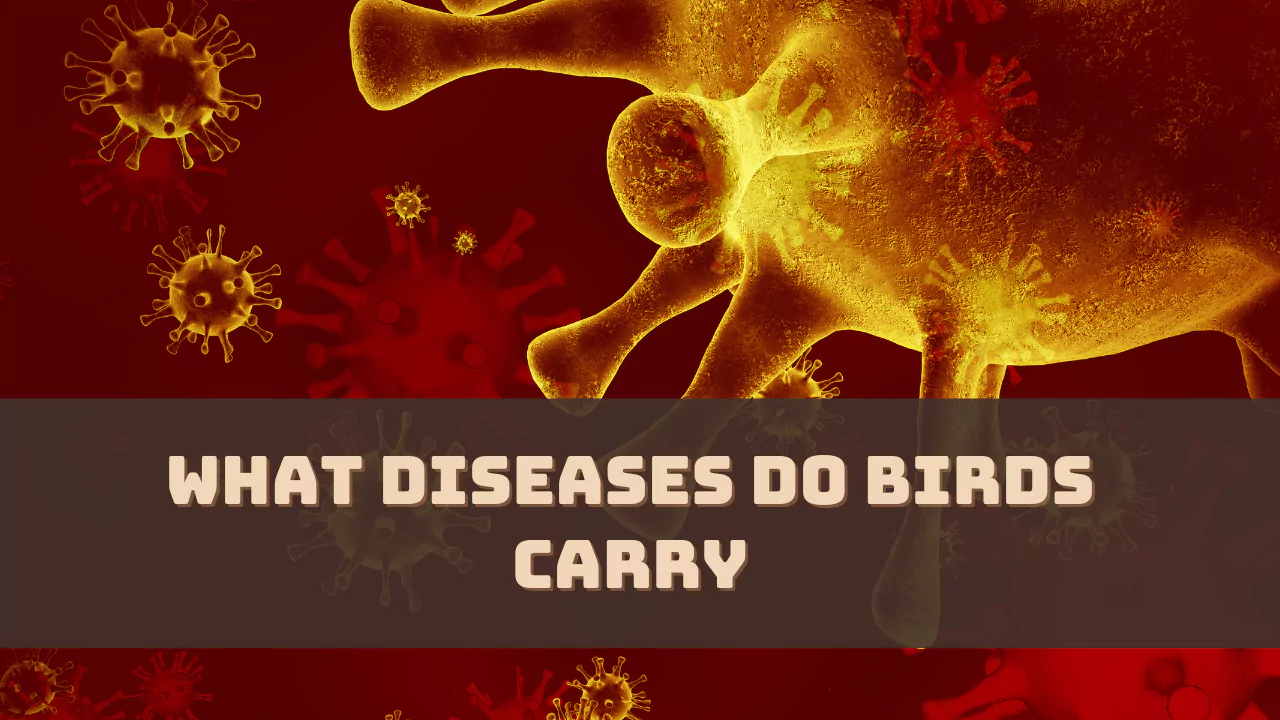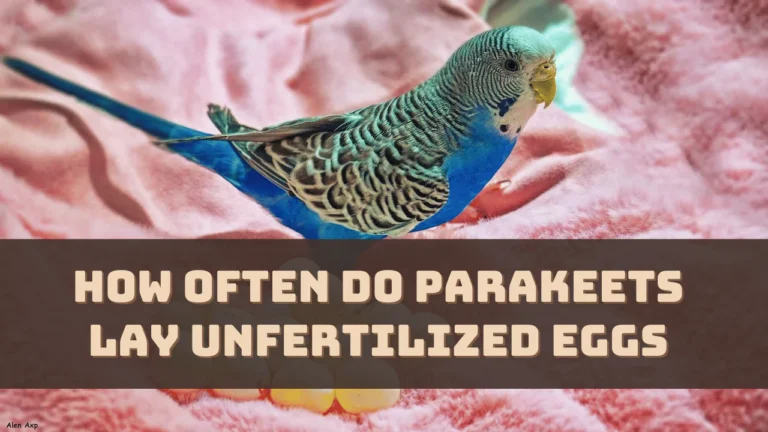There are more than 60 different types of diseases known among the avian world and some of the diseases also have the potential to spread among humans. The diseases are mostly caused due to bacteria, viruses or fungi and can manifest into a minor infection to a major illness. Most of the disease is spread through the droppings and other secretions of the infected bird.
So, let’s get to know about the common diseases mostly prevalent among birds.
Histoplasmosis
Histoplasmosis is known to be the most frequently spread disease that can get transferred from bird to human. This is a fungal infection, caused by a fungus that thrives in the droppings of birds and bats. Histoplasmosis affects the lungs of the human and it can take months to years to get completely cured.
Candidiasis
Candidiasis is also a fungal infection found among birds caused due to the presence of the fungi Candida albicans. It affects the digestive tract of the bird and also spreads among humans through the bird’s droppings. This infection can also affect many areas of the body including the bloodstream, eyes, heart, bones, brain and throat.
Cryptococcosis
Cryptococcosis is also a common infection among birds and is caused by the fungus genus Cryptococcus. These mainly thrive in the droppings of the bird and can affect mostly pigeons, parrots, chickens and sparrows. It can spread among humans and the incubation period is quite high, the symptoms can be visible either after 6 months or 3 years to develop. It mostly affects the lungs and causes pneumonia-like symptoms.
Psittacosis
Psittacosis is a bacterial infection caused by chlamydia psittaci. It can also be transmitted to humans through the birds. The bacteria when it infects the birds is called Chlamydiosis and when it affects particular pet parrots and canaries, it is called ornithosis or parrot fever. Other birds are also seen to be carriers of this disease, such as chickens and ducks. When the bird inhales the bacteria, this disease occurs. It can also infect the bird through an open injury. The symptoms can appear similar to flu but it is not to be confused with flu.
Avian Tuberculosis
Avian Tuberculosis is caused by mycobacterium avium and it is a bacterial infection. It can affect a wide range of birds and animals and also get transmitted to humans. This infects the bird when inhaled and spreads to affect the lungs. The disease can also spread through the dropping of the infected bird and based on facts it can survive in the bird’s droppings for 4 years. The incubation period can extend beyond 4 months until the birds show the initial symptoms.
Histoplasmosis
Histoplasmosis is caused by the fungus Histoplasma and thrives in the soil where the bird droppings accumulate. In birds, they manifest in the form of fever, cough, fatigue and more. This also affects humans who have a weak immune system and affects the birds when the spores of the fungi are inhaled.
Avian Flu
Avian Flu is also known as avian influenza in birds and they are mostly seen among the wild aquatic birds. It is a viral disease and also affects poultry and other bird species. However, the disease usually does not get transmitted to humans but cases are being reported across the globe that people coming in contact with the affected bird’s droppings or mucus can also show symptoms of the disease, such as weakness, tiredness and confusion. The disease can also be transmitted among the poultry through both direct and indirect contact.
Cryptosporidiosis
Cryptosporidiosis is a parasitic disease that can affect the digestive tract of the bird. This disease is caused due to protozoa and it can also be seen in many varieties of animals. This disease is also transmitted to humans through the droppings of the infected birds coming in contact with the water and contaminating it.
Salmonellosis
Salmonellosis is a bacterial infection seen among birds and also animals. It affects the digestive tract and the most common bird to get affected is chicken. This can also affect humans at a higher rate and about 1 billion people get infected every year.
Colibacillosis
Colibacillosis is a bacterial infection and it is caused due to E.coli after the bird digests it unintentionally. It can also affect the bird after coming in contact with any open wound. The digestive tract is affected and it also gets transmitted to pigs and humans. The most common bird to get contaminated by E.coli is poultry. The disease can spread through the dropping of the bird and especially poultry house dust. To prevent the spread of infection antibiotics can be used.
West Nile Virus
West Nile Virus is seen among birds and it spreads to humans through mosquitoes. When the bird feeds on any animal that has been carrying the virus or if any insect carrying the virus in the bloodstream bites them, this viral infection is transmitted. Usually, humans experience mild to basic symptoms and recover within a week.
Avian Pneumoencephalitis
Avian Pneumoencephalitis is also known as Newcastle disease. It is a viral disease which affects the respiratory system of the bird. It is mostly seen among caged or domesticated birds. This can also affect the chicken or poultry which are not vaccinated. The disease spreads through the dropping of the infected bird and can prove to be fatal as even before one can recognize the symptoms the infection spreads among the entire flock. It also affects humans and manifests in the form of conjunctivitis, laryngitis and mild0flue symptoms.
Bed Bugs
Bed Bugs are carried by birds and they differ in species based on the bird. These get latched on to the birds, bats or even rodents and start spreading among the flock if proper precaution is not taken. They also affect humans and when they come in contact they bite.
Chicken Mites
Chicken Mites are also known as bird mites and mostly infect poultry. When they come in contact with the humans they bite and it leads to skin irritation. When the chicken mites infest the poultry, the chickens start to lose feathers, develop scabs near the base of the feathers and also the feathers start to appear dirty. This can easily develop into chronic symptoms where the bird becomes anaemic and finally dies. Usually silkies and polish chicken tend to develop this problem and one of the DIY prevention tips is to add a dust bath and clean the coop regularly.
Yellow Mealworms
Yellow Mealworms are one of the dangerous pests and they can also infect humans. The pest spreads through bird droppings and also makes the bird susceptible to other pathogens such as E,coli. They are quite hard to eradicate and continue to thrive through a vicious cycle.
Fleas and Lice
Fleas and Lice are quite similar as they are external paradises and live on the body of the bird. They spread across the flock through nesting areas and if proper precautions are not taken these can become a major flea infestation in your home affecting the pet birds.
Which Bird is Known to Carry the Most Disease?
The carrier for most of the disease is humans which also affects humans. Pigeons can transmit both bacterial and fungal infections among humans through their secretions, droppings and feathers.
How Can You Prevent Transmission of Disease from Birds?
If you want to stay healthy and safe, you have to wash your hands thoroughly after and before handling birds. you must wear gloves while handling droppings or fathers. Also, be cautious when cleaning the water dish and feeder of the bird.


![Can Ducks Have Celery? [Explained] 7 Can Ducks Have Celery](https://masterbirds.com/wp-content/uploads/2024/02/can-ducks-have-celery-768x432.webp)

